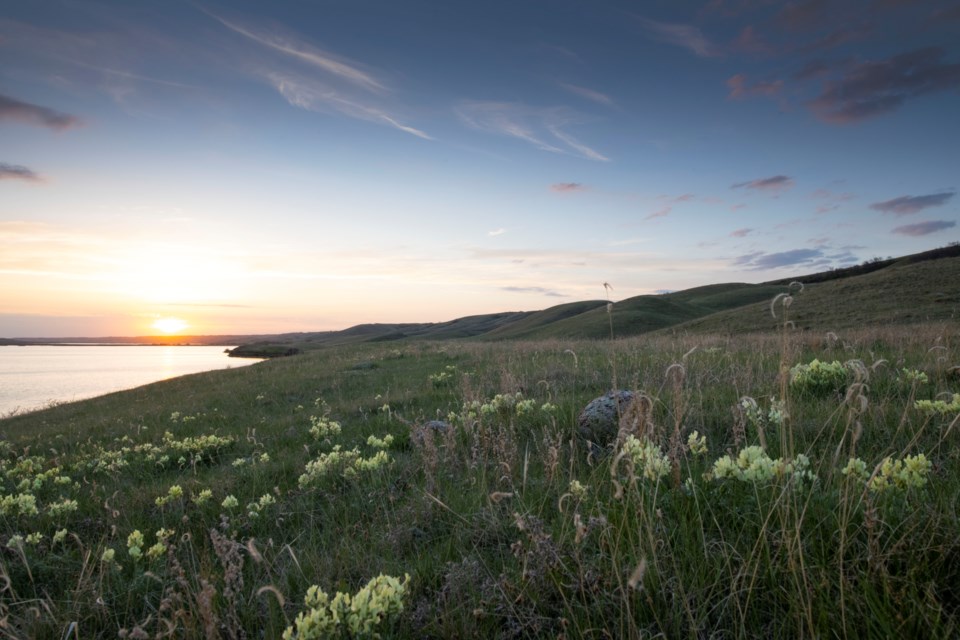Nature Conservancy of Canada (NCC) announced today that it has purchased a portion of land at Buffalo Pound Lake to help with the preservation of the prairie grassland ecosystem.
NCC will be dedicating 866 hectares of grassland and seven kilometres of shoreline on the north side of Buffalo Pound Lake as a new conservation site.
The area helps filter drinking water for an estimated one-quarter of the province’s population, said a press release from the NCC, and is at risk for future development due to demands for recreation and industry.
“NCC’s Buffalo Pound property is a beautiful area that contains native grasslands along a premium shoreline. Conserving these grasslands is one of the most important things we can do to help the plants and animals that live there, as well as filter the air we breathe and provide quality drinking water in southern Saskatchewan,” said Cameron Wood, NCC director of conservation for Saskatchewan .
Saskatchewan’s native grasslands are one of the most at risk ecosystems in the world, said NCC, with less than 20 per cent of native grassland areas remaining in the province.
The area at Buffalo Pound Lake is home to a number of species currently listed on Canada’s Species At Risk Act, including threatened species such as Sprague's pipit and the bobolink, and species of special concern like Baird’s sparrow, the northern leopard frog and the American badger.
The new conservation site was previously owned by a local ranching family, and Wood confirmed that livestock will continue to be allowed to graze on the conservation site in the future.
Following today’s announcement, NCC will now conduct a survey of the site to inventory the native species of animals and plants in the area in order to develop a management plan moving forward.
The Government of Canada is contributing to this project through the Canada Nature Fund, and the Government of Saskatchewan is offering help through the Fish and Wildlife Development Fund.
Other local contributors to the project include MapleCross Fund, K+S Potash Canada, Joyce Gemmell Jessen Habitat Conservation Fund, and many other individual donors.




